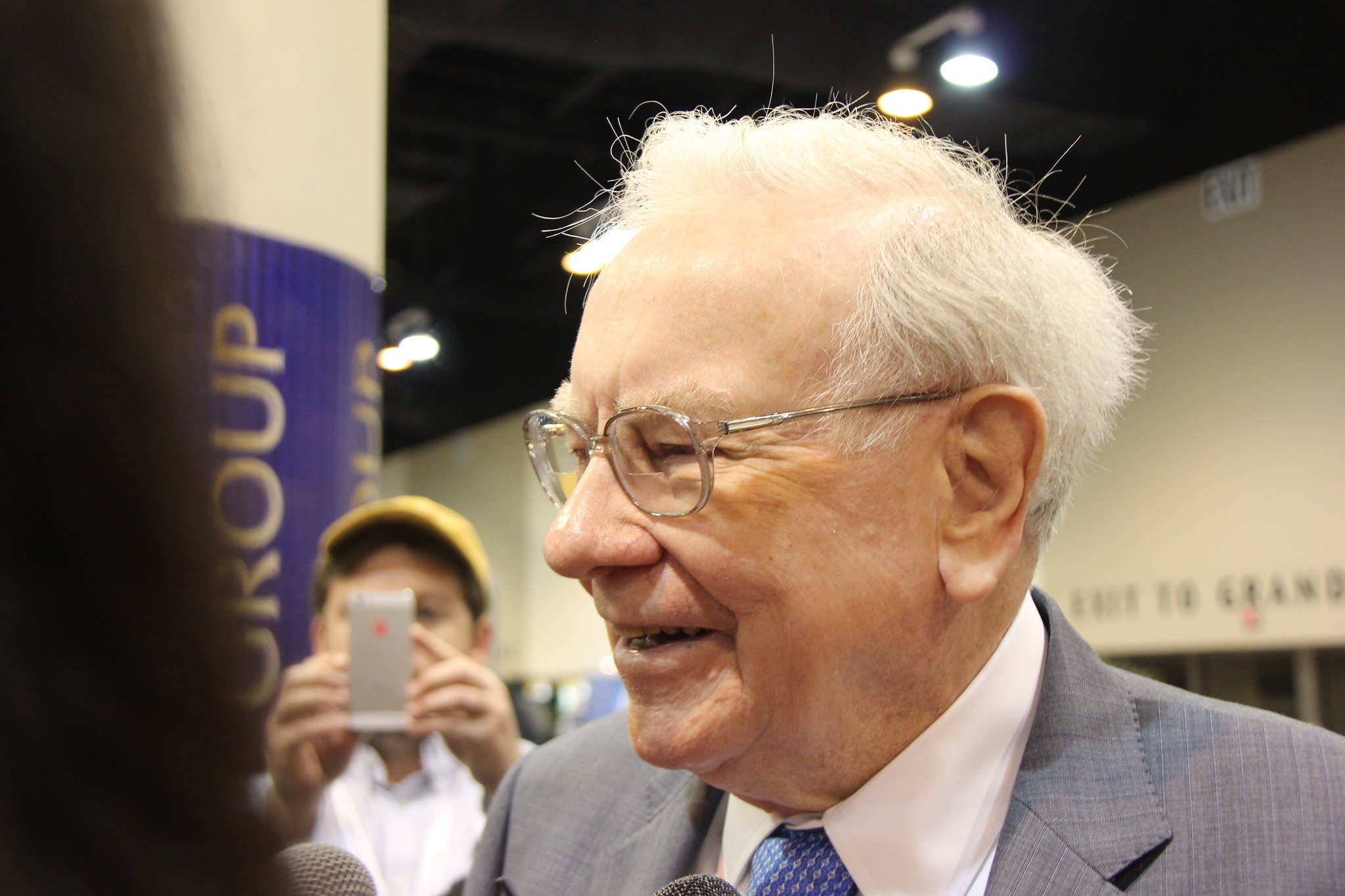Now that 2012 is nearly in the rearview mirror, investors are beginning to sift through the market for the best stocks of the upcoming year. The future is plagued with uncertainty, but that has always been the case, and it has never stopped us from seeking out long-term values. One way to find those values is to look for companies with a long history of success. The Dow Jones Industrial Average (^DJI 0.09%) contains many such companies, but some are better investments than others.
Today we'll be taking a look at Chevron (CVX 0.09%), a Dow component since 2008, to see whether its past-year performance holds some clues for 2013.
First-half recap
This hasn't been a great year for Chevron. It has consistently underperformed the Dow by a few percentage points almost all year, as you can see here:
CVX Total Return Price data by YCharts.
Here are a few financial snapshots of its recent performance:
|
Market Cap |
$212.4 billion |
|
P/E; Forward P/E |
8.8; 8.6 |
|
Price to Free Cash Flow |
28.9 |
|
TTM Revenue Growth |
(2.6%) |
|
TTM Net Income Growth |
(11.1%) |
|
TTM Free-Cash-Flow Growth |
(52.9%) |
|
MRQ Revenue |
$58 billion |
|
MRQ Net Income |
$5.3 billion |
|
MRQ Free Cash Flow |
$5.6 billion |
|
2013 Projected Growth Rate |
(3.1%) |
Sources: Morningstar, Yahoo! Finance and YCharts. TTM = trailing 12 months. MRQ = most recent quarterly.
What the numbers don't tell you
It's no wonder Chevron has had a hard time beating its index. Declining numbers across the board, which are projected to continue into 2013, do little to inspire investor confidence in the prospects of this oil supermajor. Declining production is an easy problem on which to pin Chevron's woes, but lower prices for both oil and natural gas have also put a kink in Chevron's cash-flow hose, so to speak.
Chevron has been running on all cylinders to stave off these problems, going after prime exploration acreage all over the globe. It has the go-ahead for a deepwater project off of West Africa that it's exploring together with Noble Energy (NBL +0.00%), it has bought up a lot of Chesapeake Energy's (CHK +0.00%) assets in the Permian basin, it has expansion plans in both Indonesia and Lithuania, and it has also partnered with ExxonMobil (XOM 0.89%) and Royal Dutch Shell (NYSE: RDS-A) (NYSE: RDS-B) to develop a massive liquid-natural-gas project in Australia. That's a lot of activity to pursue in a few short months, but these are all fairly recent developments for Chevron.
Not all of Chevron's worldwide efforts have helped its financial picture. The company continues to fight litigation filed in Ecuador over environmental damage caused by Texaco, which became part of Chevron in 2001. Chevron has also gotten the proverbial smackdown in Brazil, where a (comparatively) small oil spill raised the ire of the country's politicians to a degree far greater than that seen after the devastating BP (BP 0.03%) Deepwater Horizon disaster.
Chevron's many moving parts can be difficult to keep track of, but no matter how much Chevron pushes into new projects, it's ultimately going to be dependent on the price of energy commodities, which is more or less beyond its control. That's why it helps to have a lot of resources on hand to deal with any unexpected swings -- and this is one area in which Chevron excels. My fellow Fool David Lee Smith notes that Chevron has a lot of dry powder in its fortress-like balance sheet, which could be useful for any number of situations, whether entrenching for weaker prices or expanding to meet higher levels of global demand.







